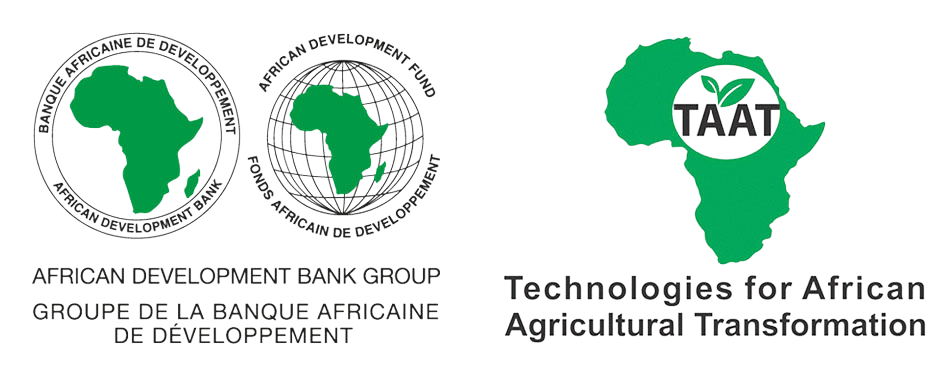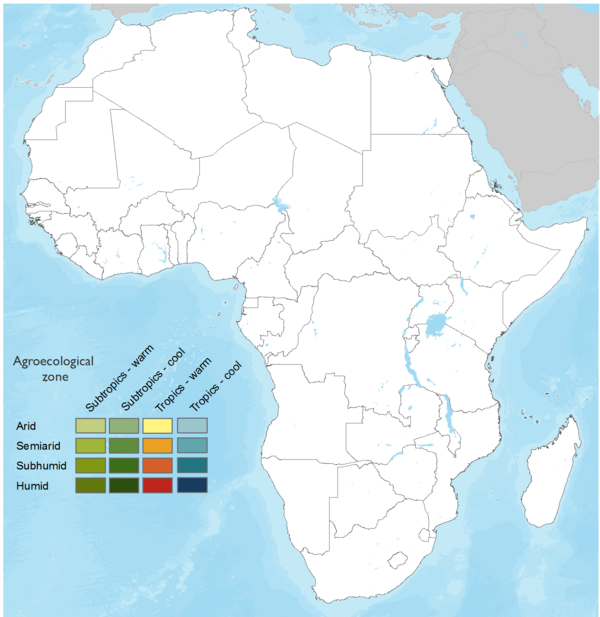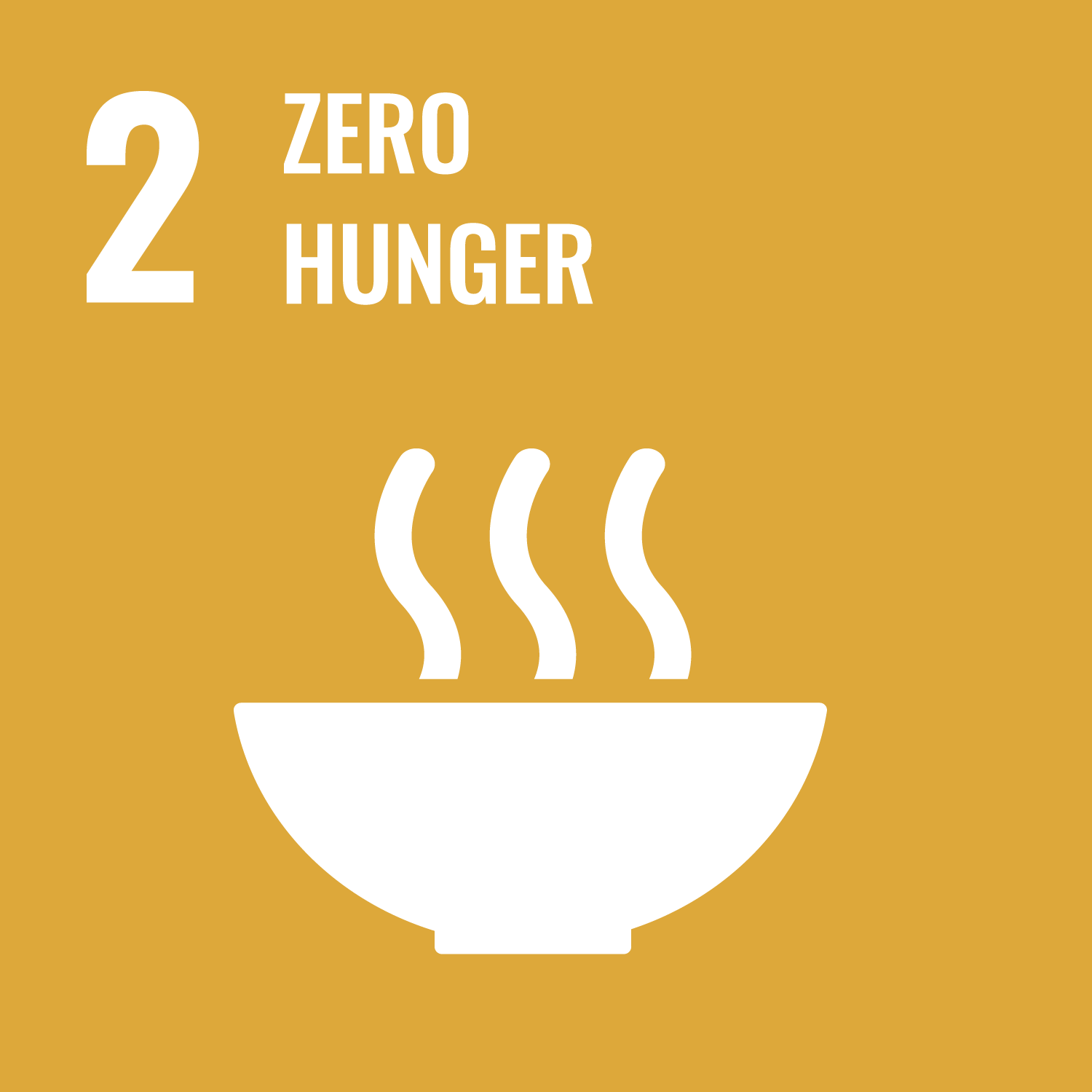

A set of tools on best practices for practitioners and investors in the seeds sector.
The Seed2B Toolkit provides practical knowledge, best practices, and tools to support the delivery of improved seed varieties to smallholder farmers. It addresses key areas such as pre-breeding analysis, seed production, marketing, commercial activities, and legal considerations, bridging the gap between advanced breeding efforts and successful seed commercialization. The toolkit offers a structured approach, guiding users through the product lifecycle in 12 stages across three key phases.
This technology is validated.
The poor: Positive medium
Smallholder farmers face many challenges including low incomes, low productivity and market access. The toolkit supports efficiency in the commercialization of seeds of improved varieties that would support their productivity as well as their income.
Under 18: Positive medium
The toolkit facilitates the development of solutions by guiding the design of new variety profiles for the breeding community and supporting the breeding programs that create these varieties. This approach enables breeders to develop targeted products, such as nutrition-dense crop varieties, specifically designed to combat malnutrition and improve the nutritional health of children.
Women: Positive medium
The toolkit supports efficiency in the commercialization of seeds of improved varieties and includes methodologies for mainstreaming gender approaches such including women participation in seed variety selection as well as in prioritizing consumer market segments.
Farmer climate change readiness: Significant improvement
It supports efficiency in the commercialization of seeds of improved varieties that build farmers resilience to the effects of climate change. For example, commercializing seed varieties of crops that are early maturing, drought and disease resistant, would positively impact farmers' ability to cope with current climate related risks. Additionally, the toolkit supports the design of varieties with traits specific to agroecological zones that helps farmers make right choice in the varieties adaptable to their farming systems.
Biodiversity: Positive impact on biodiversity
By diversifying crops, we can increase resilience to environmental changes and help ensure food security for generations to come.
Soil quality: Improves soil health and fertility
The toolkit supports efficiency in the commercialization of seeds of improved varieties that improve soil health and fertility. For example, legume crops can improve nitrogen fixation in soil while also promoting crop rotation that is essential for improving soil health and fertility.
Water use: Much less water used
The toolkit supports efficiency in the commercialization of seeds of improved varieties that can promote water use efficiency. Farmers can have access to drought-tolerant varieties that require less water to grow.
The Seed2B Toolkit empowers agricultural stakeholders by providing comprehensive tools and step-by-step guidance to improve seed commercialization and adoption. Through its focus on market-driven solutions, the toolkit promotes economic growth, improves farming practices, and aligns agricultural outputs with market demands.
To integrate the Seed2B Toolkit into your project, follow these steps:
Collaborate with seed companies, agricultural research institutes, and policy organizations to maximize the toolkit's impact and scalability within your region.
By integrating the Seed2B Toolkit into your initiatives, you can unlock the potential for innovative seed solutions, empowering farmers and driving agricultural transformation.
Toolkit cost
Open source / open access
| Country | Testing ongoing | Tested | Adopted |
|---|---|---|---|
| Kenya | –No ongoing testing | Tested | Adopted |
| Mali | –No ongoing testing | Tested | Adopted |
| Senegal | –No ongoing testing | Tested | Adopted |
This technology can be used in the colored agro-ecological zones. Any zones shown in white are not suitable for this technology.















| AEZ | Subtropic - warm | Subtropic - cool | Tropic - warm | Tropic - cool |
|---|---|---|---|---|
| Arid | – | – | ||
| Semiarid | ||||
| Subhumid | ||||
| Humid |
Source: HarvestChoice/IFPRI 2009
The United Nations Sustainable Development Goals that are applicable to this technology.

The toolkit supports efficiency in the commercialization of seeds of improved varieties that increase the productivity and income of farmers and other value chain actors in seed supply chain.

The toolkit supports efficiency in the commercialization of seeds of improved varieties that increase the productivity of farmers and subsequently improves food and nutrition security.

The toolkit supports efficiency in the commercialization of seeds of improved varieties that increase the nutritional value of what people already eat.

The toolkit supports efficiency in the commercialization of seeds of improved varieties with one of its key targeted stakeholders being the private sector.

The toolkit supports efficiency in the commercialization of seeds of improved varieties that build farmers resilience to the effects of climate change.

In the solution design phase, the toolkit promotes inclusive partnerships among seed supply chain actors through the draft of business models and partnerships.
Access to the Toolkit:
Analyze Country Context:
Map Target Crop Areas:
Investigate Farmer Challenges:
Conduct Value Chain Analysis (VCA):
Assess Ability to Address Challenges:
Articulate Problem Statement:
Prioritize Consumer Market Segments:
Segment and Prioritize Farmers:
Develop Target Product Profiles (TPP):
Analyze Farm Gate Economics:
Draft Business Models with Partnerships:
Create Investment Cases:
Plan Product Launch:
Develop Marketing Mix:
Focus on pricing, promotion, and accessibility strategies.
Ensure efficient delivery of seeds to farmers.
Sub-activities:
Plan and Produce Seeds:
Establish Legal Frameworks:
Last updated on 22 April 2025